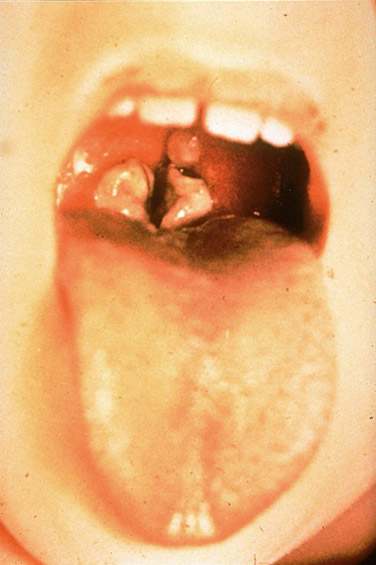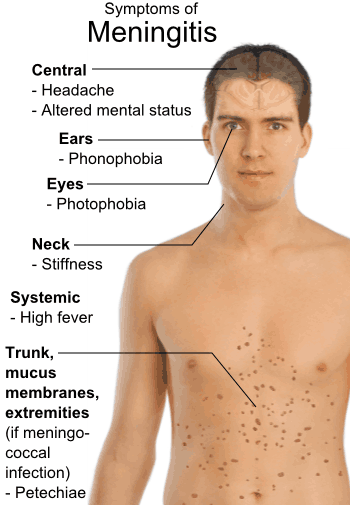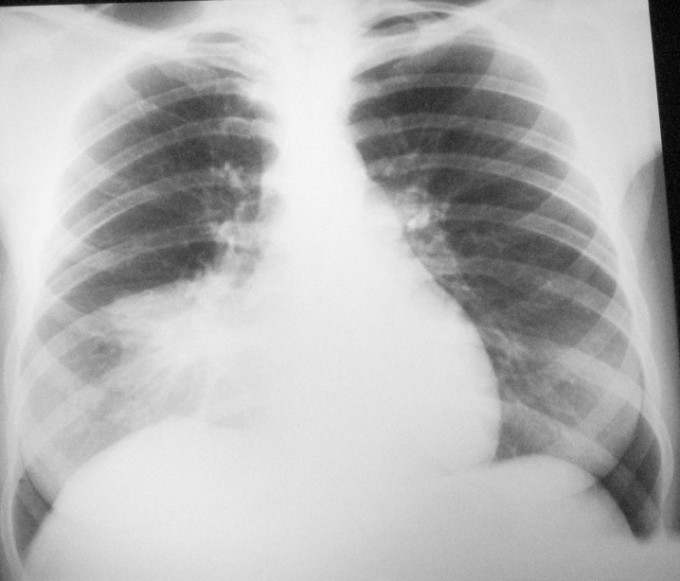
Constant medical advances mean that today there is a better chance than ever of being protected from life threatening illnesses. There are some diseases that are bucking the trend and putting up a fight, but on the whole most diseases – which up until relatively recently would have proved terminal – are now well under control.
The breakthrough and consequent introduction of vaccines to combat some of these killer illnesses is proving to be very successful and the fight to create a medical utopia continues in the hope that, eventually, it will be prevention rather than cure that is normal practice.
In only a few decades, we have been able to bring under control, through better symptom awareness and more advanced treatments, a whole host of diseases that would have very likely killed in the not-so-distant past. There’s no doubt that people do – or can – still succumb to ‘older’ diseases, but these five are a perfect example of just how far medicine has come, as dying from them is almost unheard of in the Western world today.
Polio
Image: fatimanaveed
Image: CDC (Wikipedia)
Thought to have existed ‘secretly’ for thousands of years, polio first appeared in the 1880s, causing widespread epidemics across Europe and America. The acute viral infection had the
devastating effect of leaving many thousands of people – largely children, but adults too – paralyzed before finally proving fatal.
Upon realisation of the extent of polio’s potential affects – which could regularly include physical deformations – the race to find a vaccine became a matter of great urgency. After numerous years of intensive research, the breakthrough came in 1955 and the vaccine continues to be used as prevention in many countries around the world today (and it’s easily done – it’s simply a drop of liquid on the tongue).
And as there’s still no known medical cure, this preventative measure has drastically reduced the number of sufferers worldwide to an almost non-existent amount.
Tetanus
Image: CDC (Wikipedia)
Image: hdptcar (Fotopedia)
This condition, primarily caused by a neurotoxin, generally occurs as a result of contamination to a deep puncture wound or cut. The symptoms of tetanus often begin with spasms to the muscles in the jaw – hence the term lockjaw – but can progress to affect the muscles all around the body, including those that assist with breathing.
Such was its devastating effects during World War I, tetanus was classed as the number one cause of death amongst injured soldiers on the battlefield. The vaccine, developed in 1924, appeared to have the desired effect, as during World War II, out of a total 12 million soldiers, it is believed that only six died from tetanus.
A particularly common vaccine jab to receive today, it has proven so effective as a prevention that there are less than five cases of the disease reported in North America every year.
Diphtheria
Image: CDC (Wikipedia)
Image: medicalook
An acute and very infectious disease caused by bacteria that spreads through respiratory droplets exhaled by the carrier during a sneeze or cough, during 1878, diphtheria claimed the lives of Queen Victoria’s daughter, Princess Alice and her granddaughter, Princess Marie of Hesse and by Rhine at the age of just four.
With some of the most noticeable and common symptoms being an extremely swollen neck and a ‘grey membrane’ at the back of the mouth, although a treatment was discovered in 1880, it was not until 1913 that a successful vaccine against the disease was developed. This was followed by the discovery and introduction of sulfa drugs, which paved the way for what are now more commonly known as antibiotics.
The effect was staggering. Reported cases dropped so dramatically that in the 20 years from 1980 to 2000, there were only 52 reported cases in the US. Incredibly, during the next seven years, there were only three reported cases as the immunisation programme for school children was proving unbelievably effective.
Meningitis
Image: meningitis-trust
Image: Mikael Häggström (Wikipedia)
Inflammation of the membranes that cover the brain and spinal cord make this disease one of the most dangerous diseases ever. The symptoms, which include headaches, neck stiffness and vomiting are accompanied by the inability to tolerate loud noises, bright lights and a skin rash (which generally differs from ‘normal’ rashes by not disappearing when a glass is pressed across it).
In the late 19th century, the mortality rate from the bacterial infection known as meningococcus was in excess of 90%. In 1906, an antiserum was developed and continually improved upon until 1944, when it was discovered that penicillin was effective against the disease.
As with polio, there is no cure for meningitis and so early immunisation is the best prevention.
Pneumonia
Image: baby-health24
Image: radpod.org
An inflammatory condition affecting the lungs, pneumonia is caused by a combination of bacteria, fungi, parasites and viruses and was once described as ‘the old man’s friend’, as death was usually quick and painless in comparison to other ailments of the time. The bacteria were first noted in 1875 and then the two common causes were identified over the course of the next few years.
By 1918, the disease had surpassed tuberculosis as one of the leading causes of death at the time, with the mortality rate hitting the 30% mark. With the discovery of penicillin in 1928 and the work 12 years later to make it a usable product, there was at last a treatment that to this day is still used to combat this terrible illness.























